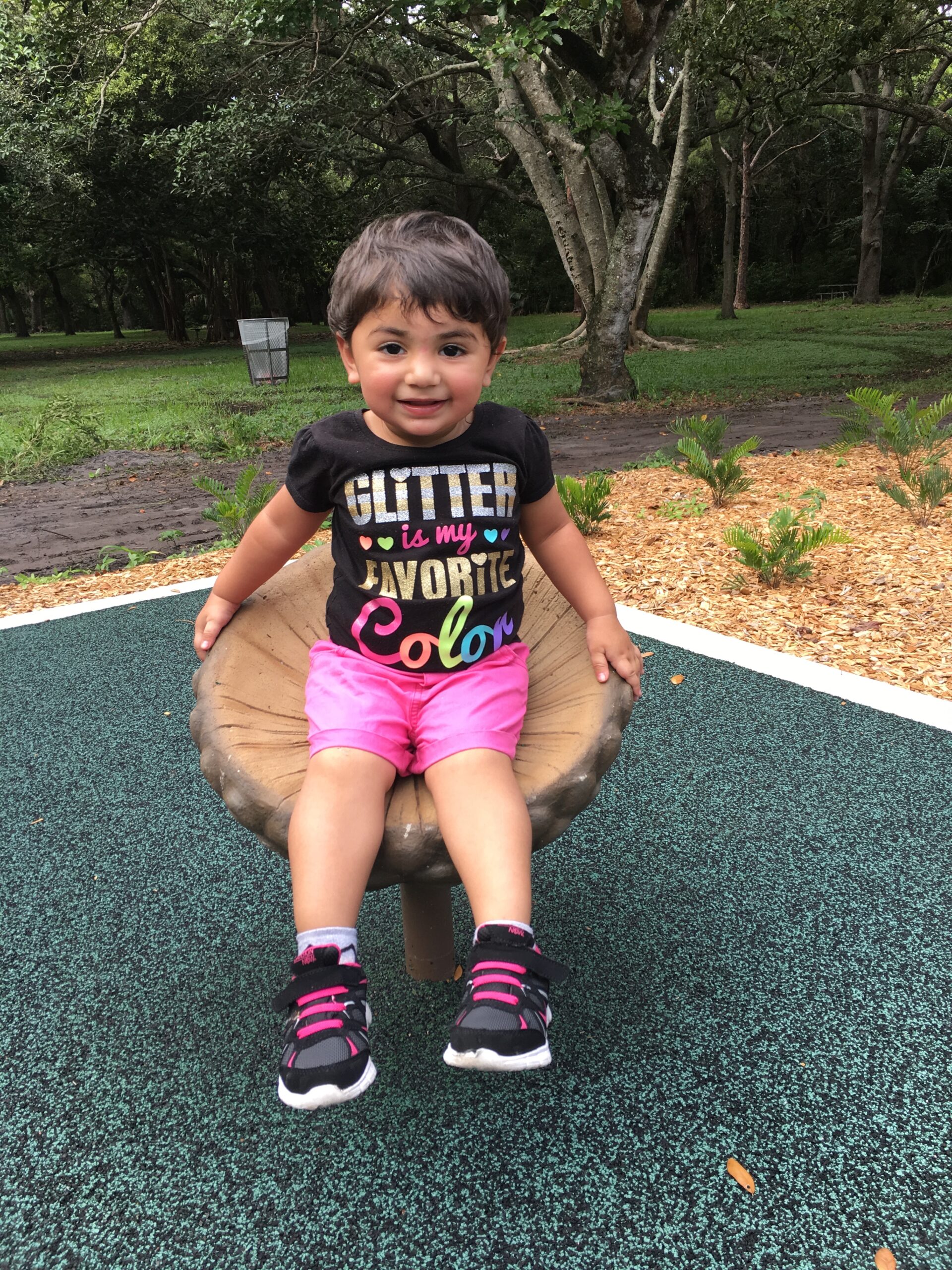

You’re probably used to hearing about blood type in simple terms. You’re either an A, B, AB, or O type, with a plus or minus at the end. You might not be totally sure what each bit means, but one of them is definitely a universal donor (O negative) and another is a universal recipient (AB plus).
What you probably don’t know is that the A/B/O and plus/minus (which is really called the Rh or Rhesus group) systems are just two of 35 human blood groups. You read that right: there are 35 indicators that determine your blood type.
Most of the time, all 35 indicators don’t matter. Many are largely the same across the population, so people are likely to match anyway, plus plenty of people never require a blood transfusion. But if you need transfusions to live and you happen to have a rare blood type, it can be a huge problem. That’s the situation that two-year-old Zainab, who lives in South Florida, is in right now. She has neuroblastoma, one of the more common pediatric cancers, and she has an unusual blood type. So unusual, in fact, that the organization OneBlood is conducting a global survey to find her an exact match—even her own parents can’t give her blood.
Before we get into precisely why her blood type is so rare, let’s review what exactly a blood type is.
The main group of blood types is called the ABO system and like all human blood group systems it refers to the presence or absence of particular proteins on the surface of red blood cells called antigens. If you have the A antigen, you’re type A. That’s pretty straightforward. If you’re AB, you have both A and B antigens, and if you’re type O you have neither. But there’s also the issue of antibodies, which stick to antigens they match with—B antibodies will attach to B antigens. If you produce the A antigen, you also produce the B antibody and vice versa. Type AB people don’t have any A or B antibodies, whereas type O people have both. A type B person can’t receive type A blood because it contains B antibodies, which will stick to all the B antigens they’re naturally producing and cause their blood cells to clump. AB people can get blood from anyone because they don’t have any antibodies to cross-react, while type O folks can only get it from another type O person since they have both antibodies.
It’s still something of a mystery why we have the antigens or the antibodies, since their presence or absence doesn’t seem to impact a person’s health at all. Blood typing only became an issue when we started giving blood transfusions because sometimes doctors would unwittingly give a patient blood that was incompatible. But all that is just the ABO system. The Rh system is where the plus and minus come in, and even then that’s only focusing on a single protein within the Rh group. Technically the system involves 50 antigens, five of which are considered the main players. One, the D antigen, is the principle antigen and it’s this one that the plus and minus refers to. If you have the D antigen, you’re positive. The same issue exists with the Rh antibodies except it’s simpler—Rh+ people have to get Rh+ blood.
It’s really the ABO and Rh systems that determine whether a transfusion will be successful or not, but unfortunately for little Zainab she has an extra complication. One of the 35 blood groups is known as the Indian group, so called because one of the unusual types is much more common amongst those of Indian heritage and was thus found in Mumbai originally. Close to 100 percent of the world’s population has the Indian B antigen—Zainab does not. If she gets blood from most donors, her body will reject it, and that’s especially dangerous for a person undergoing chemotherapy that leaves her immune system more vulnerable.
Since this rare blood type is more common amongst those of Pakistani, Indian, or Iranian descent, the organization OneBlood is asking people whose birth parents are both 100 percent of one of those ethnicities to donate their blood and get it tested. The person also needs to be type A or O. They’ve already found three people, two in the U.S. and one in the U.K., who can donate, but they need more. Zainab will require a lot of transfusions, and a handful of people can’t supply all that blood. OneBlood is hoping to find more like 7 to 10 donors total.
If you think you could be a donor, go here to see how you can get tested—you could quite literally save a little girl’s life just by sitting in a chair for an hour and getting a cookie afterwards.